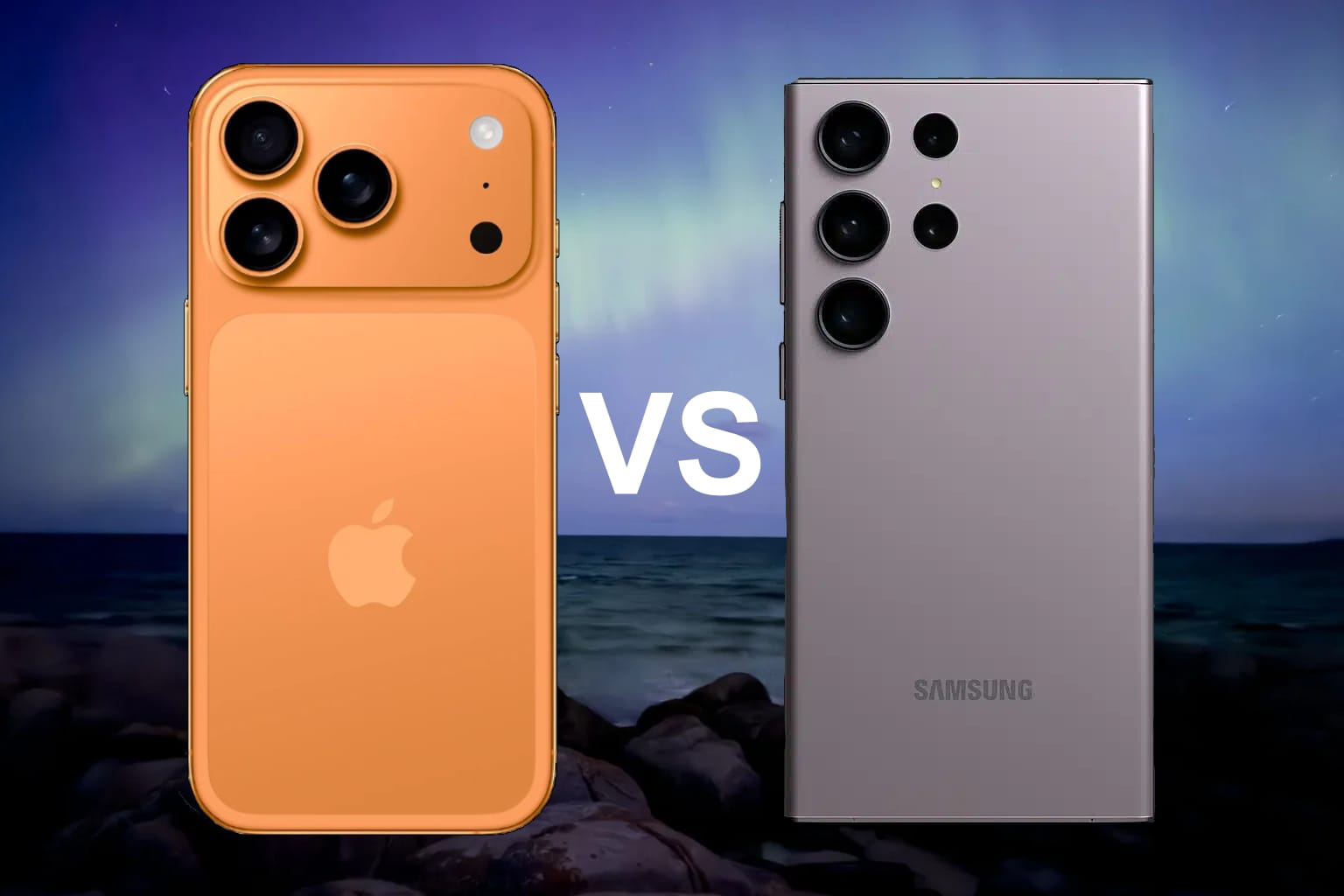Introduction
The ZWO Seestar series of smart telescopes has revolutionized astrophotography, combining advanced features with user-friendly designs. The original Seestar S50 was a game-changer, offering beginners an accessible entry into capturing celestial objects. Now, the Seestar S30 (click HERE for my S30 review) enters the market with a smaller 30mm aperture, improved AI features, and a more budget-friendly price tag. But how does it compare to its predecessor? In this comparison, we’ll explore the strengths and limitations of both models to help you decide which is best for your astrophotography needs.
Build Quality and Design
- Seestar S50: The S50 features a 50mm f/5 apochromatic lens with a 250mm focal length. At 2.5 kg, it is lightweight and portable but incorporates premium materials like carbon-fiber legs for added durability. Its larger aperture enables better light gathering, though its design favors deep-sky imaging over portability.
- Seestar S30: Weighing just 1.65 kg, the S30 is significantly lighter and more compact. Its aluminum legs make it less robust than the S50’s carbon-fiber design, but the S30 is built for portability. With a 30mm f/5 lens and 150mm focal length, the S30 emphasizes ease of use and affordability.
Looking for an upgrade to your tripod? Here are my top 3 alternatives
Both models share the same app and core features, including live stacking, AI-driven alignment, and built-in solar imaging filters. However, the S30’s smaller size makes it more travel-friendly, appealing to beginners and casual users.
Performance in the Field
- Seestar S50: With its 50mm aperture, the S50 excels at light-gathering, delivering bright and detailed views of deep sky objects. It captures impressive images of nebulae and star clusters, though its narrower field of view could limit you in your choice of target without further post-processing.
- Seestar S30: The S30’s smaller aperture reduces light-gathering capacity but compensates with an enhanced field of view. During testing, it revealed more of the Orion Nebula and the Flame Nebula in a single shot compared to the S50. The wider view also complements the new mosaic imaging feature, allowing users to stitch together stunning, large-scale images of the night sky.
Both models are equipped with anti-dew features, though the S50’s more premium build minimizes thermal distortions better. The S30’s enhanced AI processing and tracking algorithms deliver reliable performance under various conditions, but long exposures with either scope may reveal limitations due to its alt-azimuth mount.


Astrophotography Results
- Deep-Sky Imaging: The S50’s larger aperture produces sharper and brighter images, particularly in darker skies. However, the S30’s advanced AI allows for effective live stacking and real-time corrections, narrowing the gap in image quality under moderate conditions. The S30’s wider field of view makes it more versatile for capturing sprawling targets like the Milky Way.
- Planetary Imaging: The S50 outperforms the S30 for planetary imaging, resolving Saturn’s rings and Jupiter’s cloud bands with greater clarity. The S30 struggles with planetary detail due to its smaller aperture but can capture Jupiter’s moons and basic features of Saturn.
- Solar Imaging: Both models excel with solar imaging, thanks to built-in filters. The S30’s portability makes it more convenient for daytime imaging sessions.
Using the App
The latest Seestar app enhances the user experience for both models. With features like AI-driven plate solving and live stacking, the app simplifies astrophotography for beginners. Users can manually adjust exposure settings or let the AI optimize images automatically. The mosaic imaging feature is particularly beneficial with the S30’s wider field of view, allowing users to capture large celestial objects in detail.
Both models offer seamless integration with the app, though the S30’s newer internal algorithms improve tracking and alignment accuracy. The shared interface ensures familiarity across models, making the transition between the S50 and S30 smooth for users.
Key Differences
| Feature | Seestar S50 | Seestar S30 |
|---|---|---|
| Aperture | 50mm | 30mm |
| Focal Length | 250mm | 150mm |
| Weight | 2.5 kg | 1.65 kg |
| Build Material | Carbon-fiber legs | Aluminum legs (recommended alternatives) |
| Imaging Strengths | Superior planetary and bright deep-sky imaging | Wider field for expansive targets and mosaics |
| AI Enhancements | Basic AI features | Improved AI tracking and stacking |
| Price | ~$499 | ~$349 |
Final Thoughts
The Seestar S30 and S50 cater to different astrophotography needs. The Seestar S50 offers better light-gathering power and detailed planetary imaging, making it ideal for those focused on brightness and resolution. Meanwhile, the Seestar S30 stands out for its portability, affordability, and enhanced AI capabilities, excelling at wide-field imaging and mosaic photography.
If you’re new to astrophotography or prioritize portability, the Seestar S30 is an excellent choice. However, if planetary imaging or more light-gathering capability is your focus, the Seestar S50 remains a strong contender. Whichever model you choose, both telescopes bring the wonders of the night sky closer in a user-friendly and innovative package.





